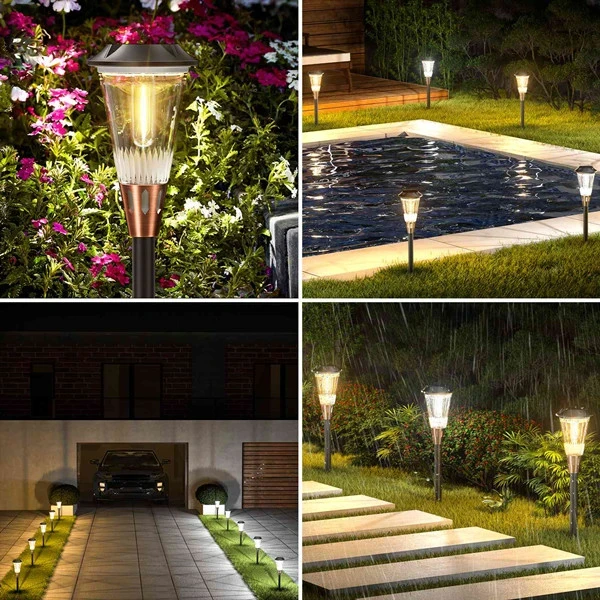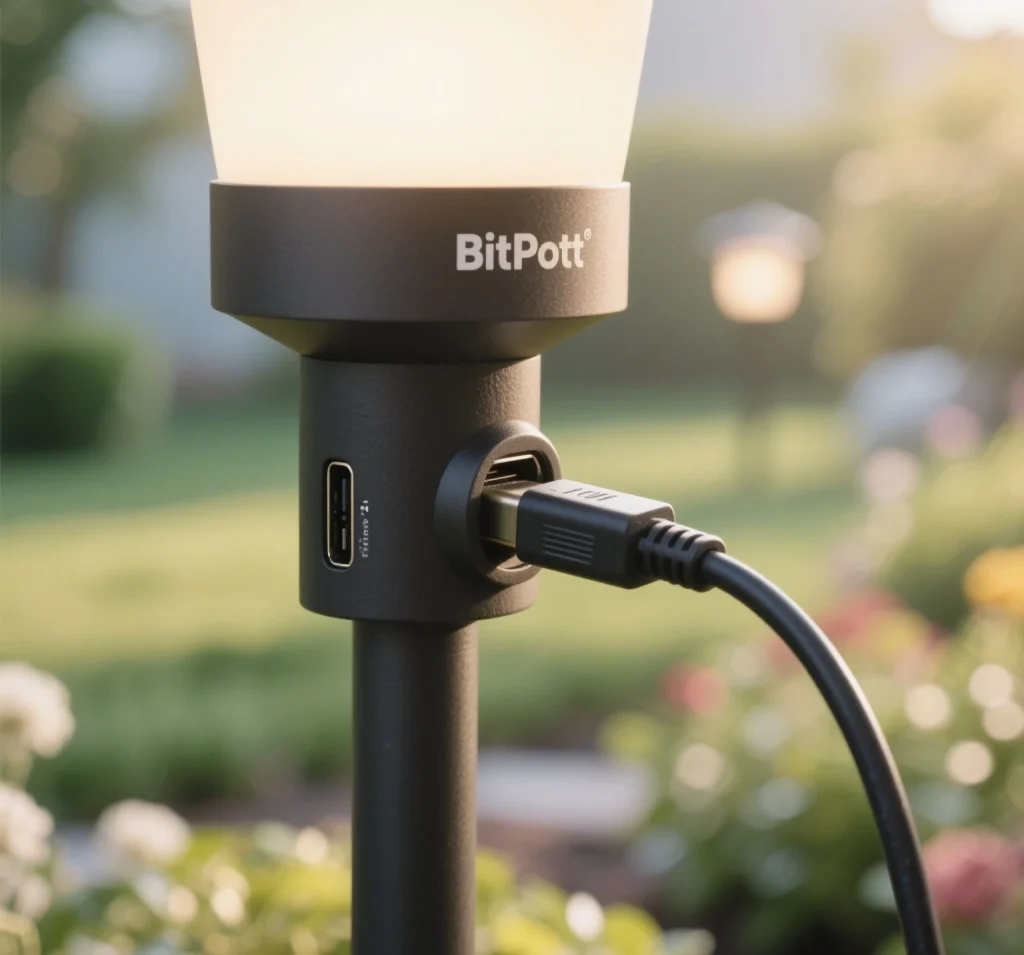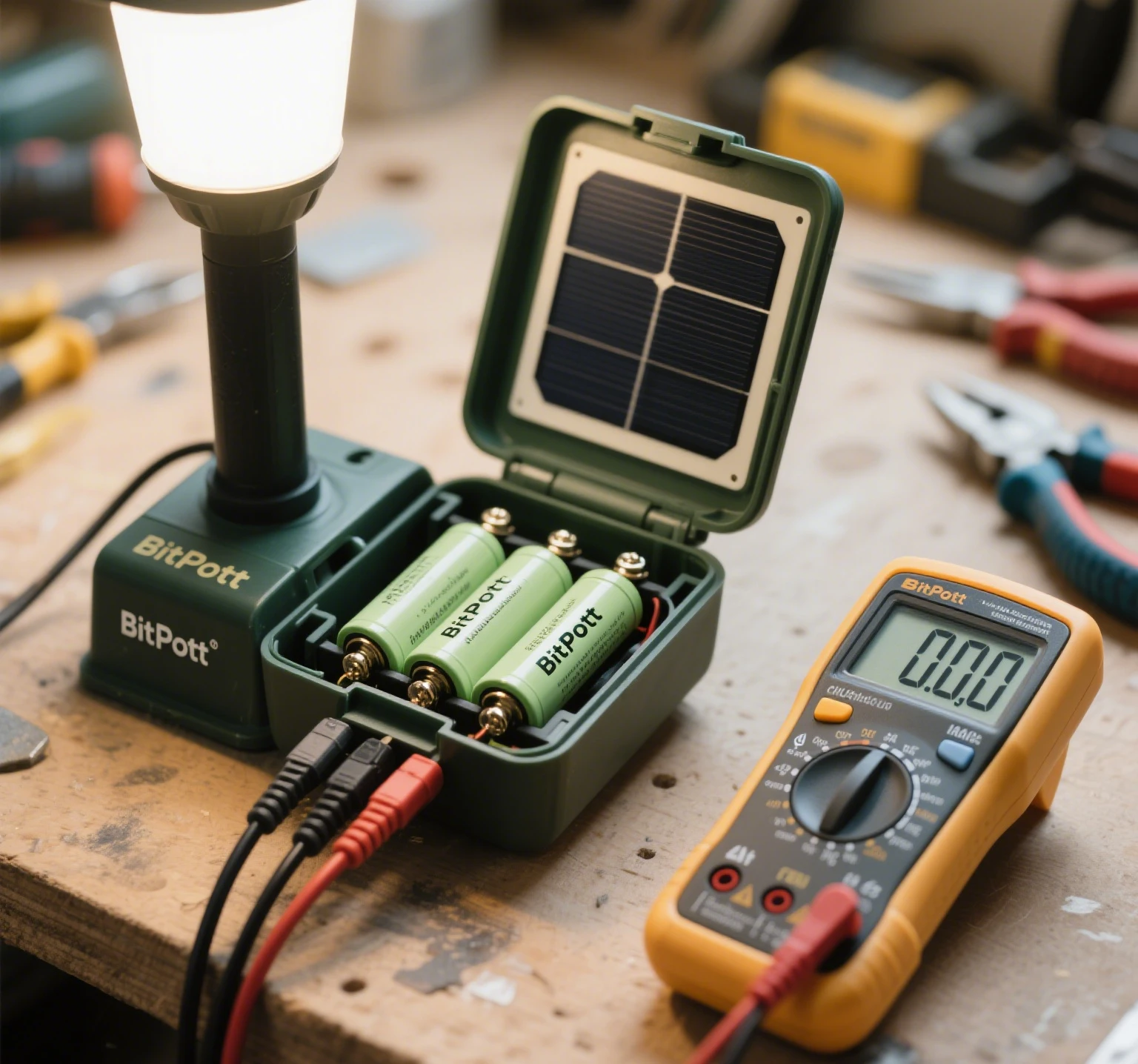Solar-powered lights are an eco-friendly and cost-effective solution for illuminating outdoor spaces, from gardens to pathways. A common question among users is, “How long does it take solar lights to charge?” The answer depends on several factors, including the type of light, battery capacity, and environmental conditions. This article provides a detailed guide to understanding the charging times of solar outdoor lights, offering practical tips to optimize performance and troubleshoot issues. Drawing from extensive research and practical insights, we’ll help you ensure your solar garden lights shine brightly when needed.

Understanding Solar Light Charging
Solar-powered outdoor lights rely on photovoltaic panels to convert sunlight into electricity, which is stored in rechargeable batteries, typically NiMH batteries for solar lights or lithium-ion batteries. The charging time determines how long the light can operate at night. On average, solar lights charging takes 6-12 hours of direct sunlight to reach full capacity, but this varies based on several factors, which we’ll explore below.
Factors Affecting Solar Light Charging Time
1. Type of Solar Light
Different types of solar outdoor lights have varying charging requirements due to differences in battery size and light output:
- Solar Pathway Lights: These low-lumen lights (10-200 lumens) typically use smaller batteries (e.g., 600-1,200mAh NiMH). They charge in 6-8 hours of direct sunlight.
- Solar Spotlights: Designed for focused illumination (200-1,000 lumens), these lights often have larger batteries (1,500-2,500mAh) and may require 8-10 hours.
- Solar Flood Lights: With higher outputs (800-5,000 lumens), these lights need larger batteries (3,000mAh+) and can take 10-12 hours to fully charge.
- Solar Security Lights: High-lumen models with motion sensors may require 8-12 hours, depending on battery capacity and usage patterns.
Tip: Check the product specifications for battery size and recommended charging time, as this varies by model.
2. Solar Panel Efficiency
The efficiency of the solar panel directly impacts how long to charge solar lights. Monocrystalline panels, which are more efficient, charge faster than polycrystalline or amorphous panels. Larger panels also capture more sunlight, reducing charging time for solar-powered lights.
Solution: Choose solar garden lights with monocrystalline panels and ensure they’re placed in direct sunlight, free from shade or obstructions like trees or buildings.
3. Battery Type and Capacity
The battery’s capacity, measured in milliamp-hours (mAh), determines how much energy it can store. NiMH batteries for solar lights (common in most models) typically range from 600-3,000mAh, while lithium-ion batteries may offer higher capacities. Larger batteries take longer to charge but provide extended runtime.
Solution: For faster charging, opt for lights with high-capacity NiMH batteries for solar lights or lithium-ion batteries. Replace batteries every 1-2 years to maintain efficiency.
4. Sunlight Availability and Weather
The amount and quality of sunlight significantly affect solar lights charging time. Direct sunlight for 6-8 hours is ideal, but cloudy days, shaded areas, or shorter winter days can extend charging time or prevent a full charge. For example, solar pathway lights in overcast conditions may take 12-24 hours over multiple days to reach full capacity.
Solution: Position solar outdoor lights in areas with unobstructed sunlight. In low-light regions, consider models with USB charging options, like those from brands such as Bitpott, for backup power.
5. Seasonal and Geographic Variations
In winter or high-latitude regions, reduced daylight hours can increase the time needed to charge solar lights fully. Conversely, summer months with longer days allow faster charging. Geographic location also matters—areas closer to the equator receive more consistent sunlight year-round.
Solution: Adjust the angle of the solar panel seasonally to maximize exposure. For solar flood lights in low-sunlight areas, use larger panels or supplementary charging methods.
Typical Charging Times for Solar Lights
Under optimal conditions (direct sunlight, clean panel, and efficient battery), here’s how long it takes to charge solar lights fully:
- Small Decorative Lights (e.g., solar string lights): 6-8 hours for 600-1,200mAh batteries.
- Solar Pathway Lights: 6-8 hours for 1,000-1,500mAh batteries.
- Solar Spotlights: 8-10 hours for 1,500-2,500mAh batteries.
- Solar Flood Lights: 10-12 hours for 3,000-5,000mAh batteries.
- Solar Security Lights: 8-12 hours, depending on motion sensor usage and battery size.
These times assume full sunlight exposure. Partial shade or cloudy weather can double the charging time or require multiple days for a full charge.
Alternative Charging Methods
If sunlight is limited, you can still charge solar lights effectively using alternative methods, especially for models with versatile features:

1. Artificial Light Charging
Solar-powered lights can sometimes charge using artificial light sources like incandescent bulbs or LED grow lights, though this is less efficient than sunlight. This method is useful for solar lights for indoor use or during prolonged cloudy periods.
How to Do It: Place the solar panel 6-12 inches under a high-wattage bulb (60-100 watts) or LED light with a 5000-6500K color temperature. Charge for 12-24 hours, as artificial light is slower. Ensure the panel is clean for maximum absorption.
2. USB Charging
Many modern solar outdoor lights include USB charging ports, allowing you to bypass solar charging entirely. This is ideal for solar security lights or solar flood lights used in low-light environments.
How to Do It: Connect the light to a power bank, laptop, or wall adapter using a compatible USB cable. Charge for 4-6 hours, checking the manual for specific times. This method is faster than solar charging and unaffected by weather.
Caution: Only use USB charging for models designed for it to avoid damaging the NiMH batteries for solar lights.
3. Separate Battery Charging
For solar lights with removable batteries, you can charge the batteries separately using a dedicated NiMH or lithium-ion charger, reducing reliance on sunlight.
How to Do It: Remove the NiMH batteries for solar lights from the compartment and charge them in a compatible charger for 4-8 hours. Reinsert the batteries and test the light.
Troubleshooting Slow or Failed Charging
If your solar lights not charging as expected, consider these issues:
- Dirty Panels: Dust, pollen, or bird droppings can block sunlight. Clean the panel with a soft, damp cloth.
- Battery Issues: Old or depleted batteries may not hold a charge. Test with a multimeter and replace with high-quality NiMH batteries for solar lights if needed.
- Poor Placement: Shade from trees or buildings can slow charging. Relocate the light to a sunnier spot.
- Defective Panel: Inspect for cracks or discoloration. A faulty panel may require replacement under warranty.
- On/Off Switch: Some solar lights with on/off switch need the switch in the “on” position to charge. Verify the setting.
Maintenance Tips for Faster Charging
To minimize how long to charge solar lights and ensure consistent performance, follow these practices:
- Clean Regularly: Wipe solar panels monthly to remove debris, especially for solar pathway lights exposed to outdoor elements.
- Battery Maintenance: Replace NiMH batteries for solar lights every 1-2 years to maintain capacity. Store spares in a cool, dry place.
- Optimal Placement: Position lights to avoid shade and adjust panel angles seasonally for maximum sunlight exposure.
- Weather Protection: Use weatherproof solar outdoor lights (IP65 or higher) to prevent water damage in harsh conditions.
Choosing Solar Lights for Efficient Charging
When selecting solar garden lights, prioritize models with efficient components to reduce charging time. Look for monocrystalline panels, high-capacity NiMH batteries for solar lights, and features like USB charging or detachable panels. Brands like Bitpott, often praised in reviews by sources like Popular Mechanics, offer reliable options with fast-charging capabilities. Check customer feedback to ensure the lights perform well in your climate.
When to Seek Professional Help
If your solar lights not charging after trying all methods, the issue may involve a faulty panel, wiring, or battery system. For complex setups like solar security lights or solar street lights, consult a technician. Contact the manufacturer with proof of purchase for warranty support, as most solar-powered lights come with a one-year warranty.
Conclusion
The question of how long does it take solar lights to charge depends on the light type, battery capacity, and sunlight availability, typically ranging from 6-12 hours for a full charge. By optimizing placement, maintaining components, and using alternative charging methods like USB or artificial light, you can ensure your solar outdoor lights charge efficiently. Choosing high-quality solar garden lights and following regular maintenance will keep them glowing brightly, providing sustainable illumination for your outdoor spaces.


Leave a Reply